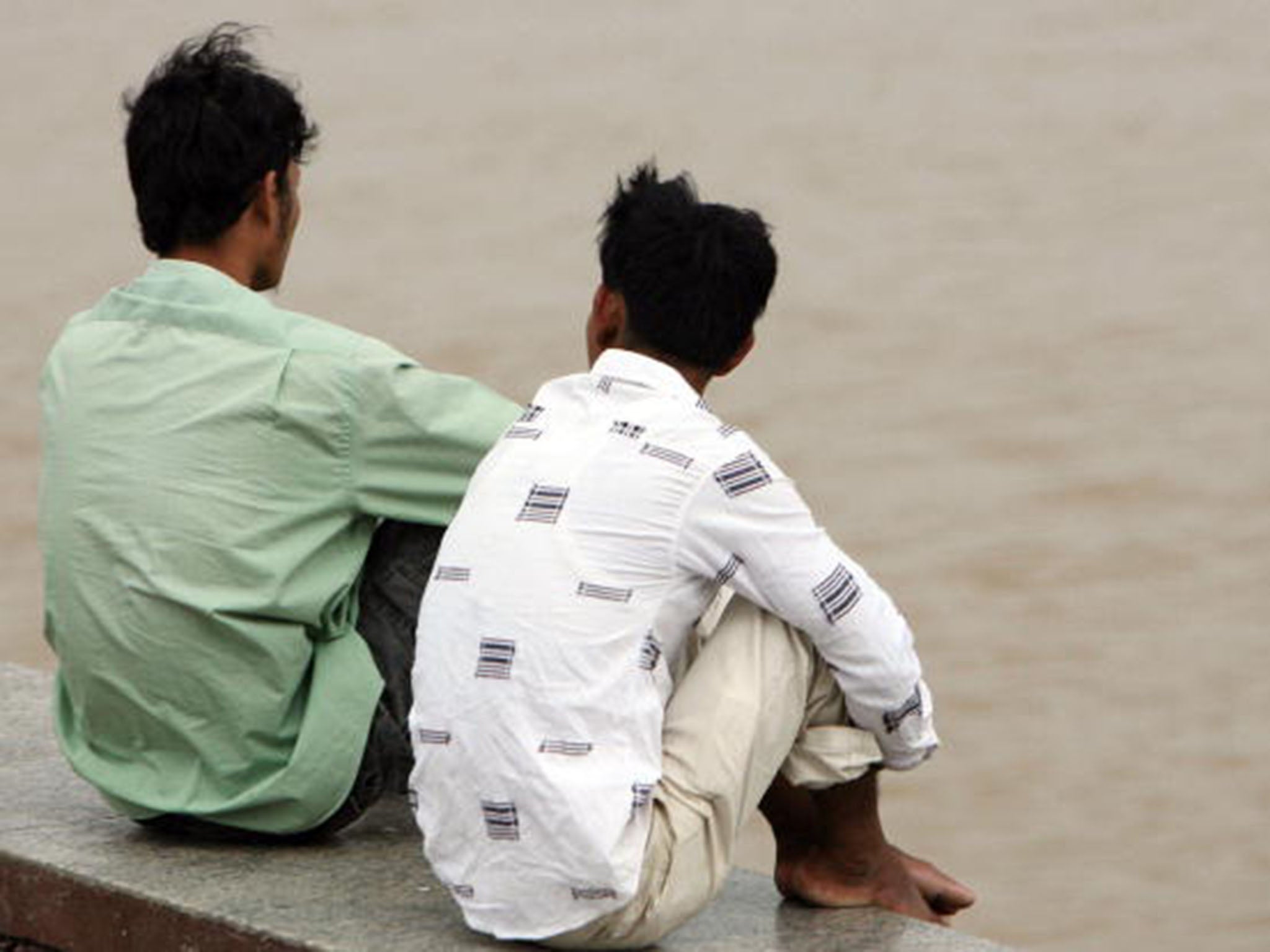The UN says dating apps increase HIV
More than 220,000 adolescents are thought to have HIV in Asia and the Pacific, but fewer than half is receiving treatment

Dating apps are causing cases of HIV to increase amongst Asian teenagers, according to new research by the United Nations.
The report, which covered a two-year period, showed the highest increase in HIV was in 10-19 year olds, who are also the second highest age group to use paid for dating services.
It found that the increased use of dating apps has amplified the opportunity for spontaneous sex and that HIV is growing fastest amongst men who have sex with other men.
The Unicef advisor Wing-Sei told The Guardian that dating apps create networks of men in which infections rapidly spread among users. “Mobile dating apps essentially hook you up to a central network”.
She went on to explain that the study looked at trends around the region reported by United Nations officers and local community works who said their HIV strategy urgently needed to adapt to the vastly enlarged use of mobile dating apps. “HIV is a covert issue, it is very hidden. So data is not available.”
Researchers found “that with the rise of these apps, the probability and risk of infection will increase multifold because it makes it so much easier for them to date other guy and hook up for sex.”
Another contributing factor to the increased levels of HIV in these areas and age groups is that adolescents are less likely to seek treatment - especially those who are under 18 and will need parental consent as is the case in many countries - for fear of being persecuted or forced to explain
Other factors that increase the spreading of the disease are that eighteen countries in the Asia-Pacific region deem same-sex relationships illegal. This causes men not to seek medical help, or for tests to be on offer.
Other groups where HIV is prominently growing include those who work in the sex trade, people who inject with needles and young transgender people.
The report shows that the known number of adolescents between the ages of 10-19 living with HIV in Asia and the Pacific has grown to 220,000. However, the real figure is expected to be higher as many will go unreported.
Fewer than half of that number is receiving treatment, while deaths figures have risen every year for the past decade.
The Philippines has seen new HIV cases in teenagers doubled over the last four years, while young men in Bangkok have a one in three chance of contracting the disease.
The findings from the report are set to threaten the UN’s goal to end the global Aids crisis by 2030.
This was put in place after a vast drop in the cases of Aids in Africa over the last 15 years.
The UN now wants more comprehensive sex education as well as lowering the age that teenagers can take a HIV test without parental consent.
Join our commenting forum
Join thought-provoking conversations, follow other Independent readers and see their replies
Comments